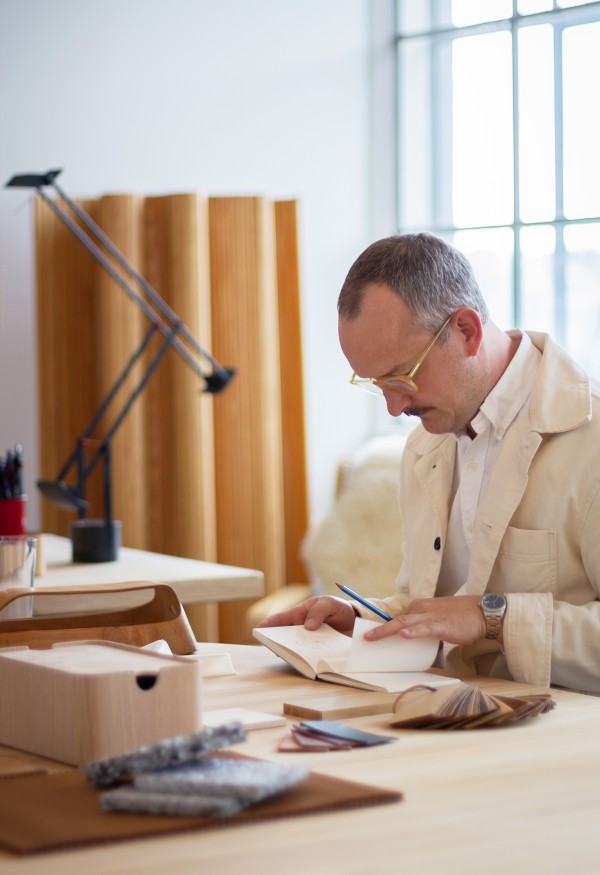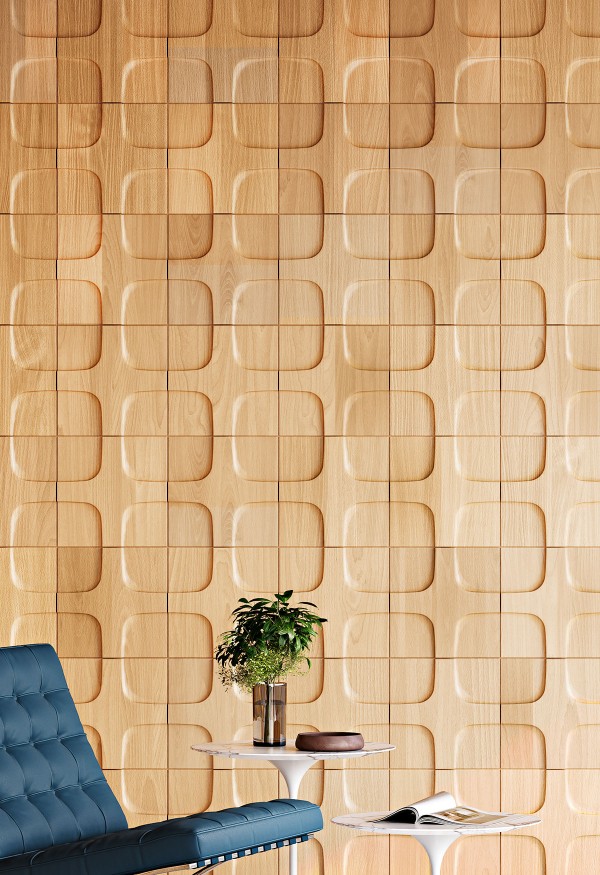
Behind the Design
Quartile
Breeze blocks, or screen blocks, have a long history in architecture. They first appeared in the United States in the 1930s and were made popular among some of the country’s most prominent architects in the 1950s and 60s. The style was originally inspired by sun-shielding screens in Asia and Brazil and was a practical solution in warm climates, providing shade and ventilation. Embraced by so many mid-century design giants like Frank Lloyd Wright, breeze blocks remain an architectural motif that is still popular around the world and continues to add pattern and dimension to contemporary spaces.
Inspired by the unique style of breezeblocks and mid-century modern architecture in general, Norwegian designer Lars Beller Fjetland breathes new life into this iconic motif with a contemporary twist―swapping concrete for the warmth of natural hardwoods and bringing the statement patterns indoors.
We caught up with Lars to chat through the inspiration behind the Quartile collection, his continued focus on using sustainable materials, and the designers and movements that have inspired his aesthetic over the course of his career in product design.
What was the inspiration behind this collection?
The collection was actually born three years ago by accident during a trip to Spinneybeck’s manufacturing facilities. We discussed a possible expansion of the cork wall tiles collection (Lisboa and Porto) - and were prototyping some of the cork designs in MDF and scrap wood that were available from other manufacturing projects.
I have explored upcycling wood in the past, but never with architectural products. I love the idea of adding value to a product by incorporating upcycled content into the production process wherever possible. This material would otherwise have been discarded, and now it’s given a new purpose. These hardwoods took decades to grow, and I feel a deep and sincere responsibility to incorporate every little piece if possible.
The tile’s modularity and scale make it ideal for incorporating remnant material. Spinneybeck and I pursue a common goal of creating new, sustainable, and sophisticated product solutions. With this collection, we continue our quest to prove that sustainability and serial production can go hand-in-hand.
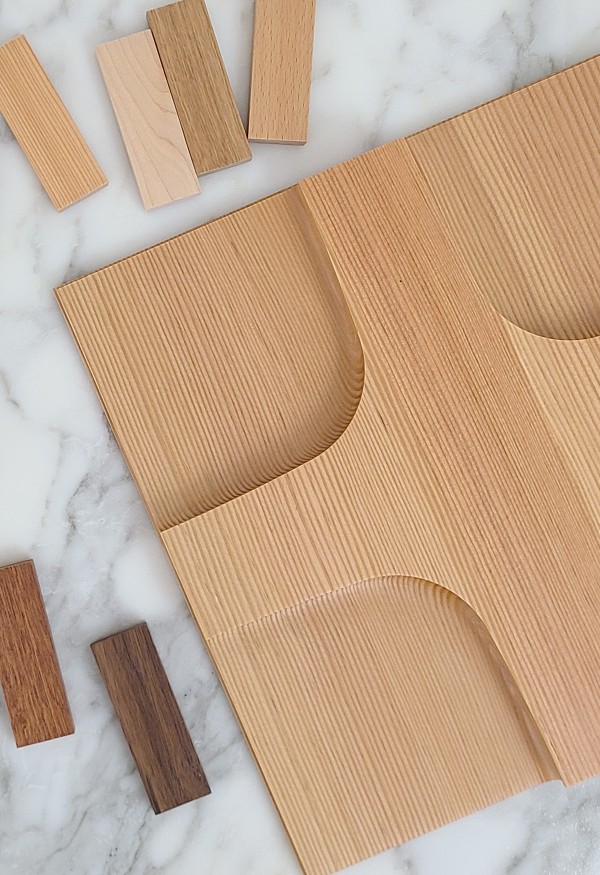
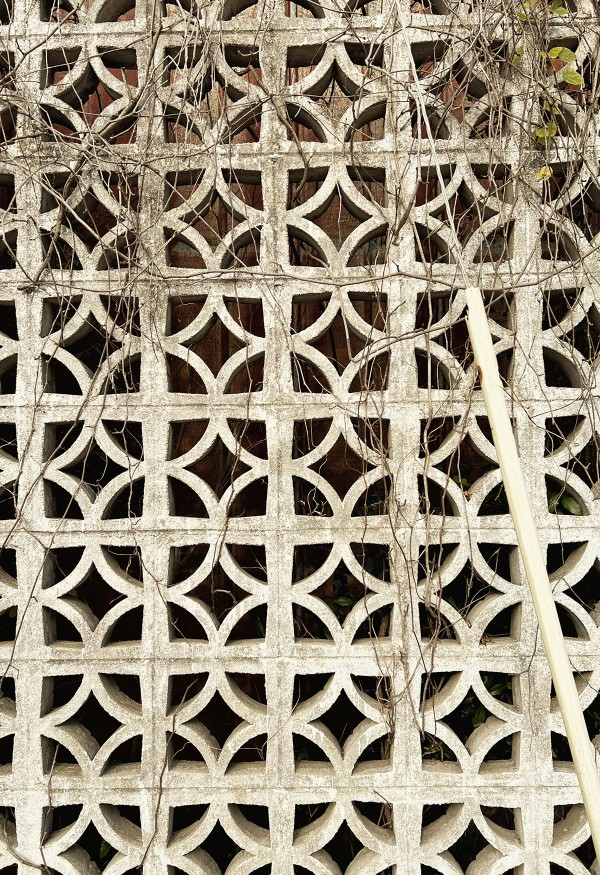
The aesthetic inspiration of these tiles stems from classic breeze block facades and the patterns found in this mid-century style of architecture. I first discovered breeze blocks while researching mid-century architecture. I fell in love with all the experimental three-dimensional designs and immediately started to explore how I could somehow reference these iconic building blocks in a future project.
For me, it’s more about capturing the feeling of the breeze block, not necessarily recreating it. I transformed its essence into a modular wall tile by changing scale, use, and materiality.
“The aesthetic inspiration of these tiles stems from classic breeze block facades and the patterns found in this mid-century style of architecture. I fell in love with all the experimental three-dimensional designs and immediately started to explore how I could somehow reference these iconic building blocks in a future project.”
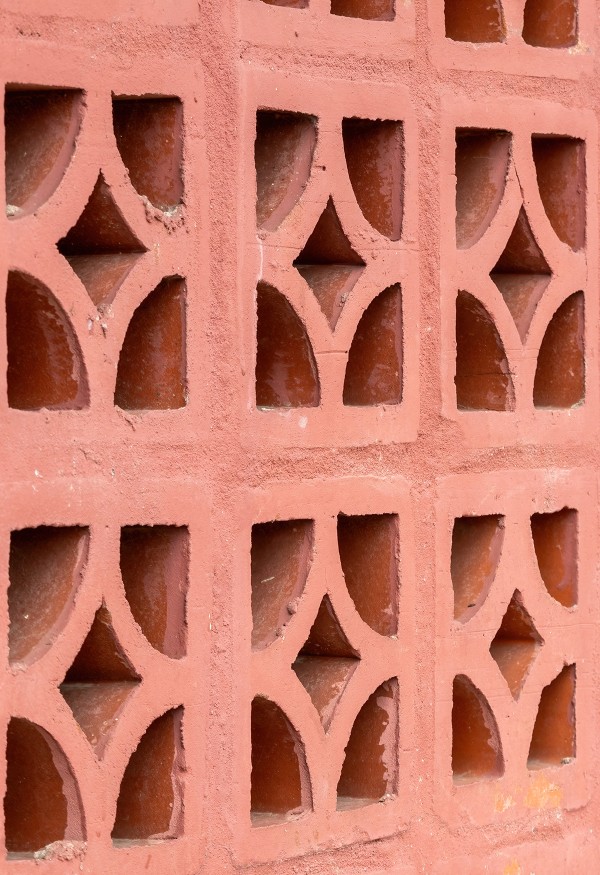
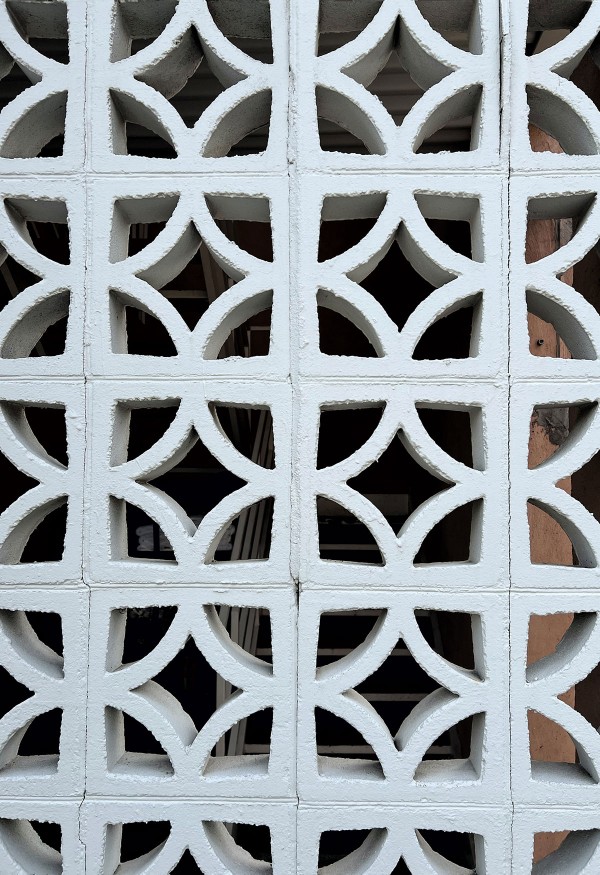
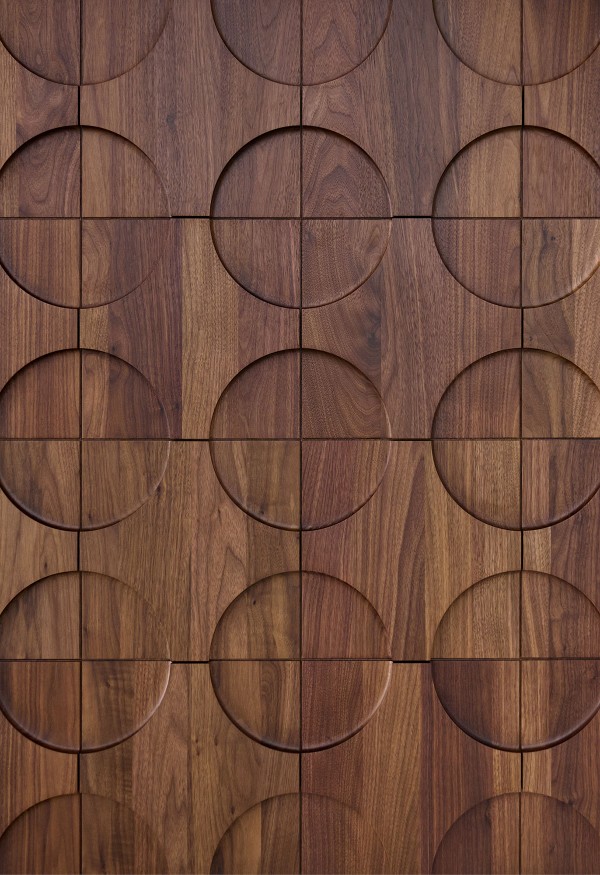
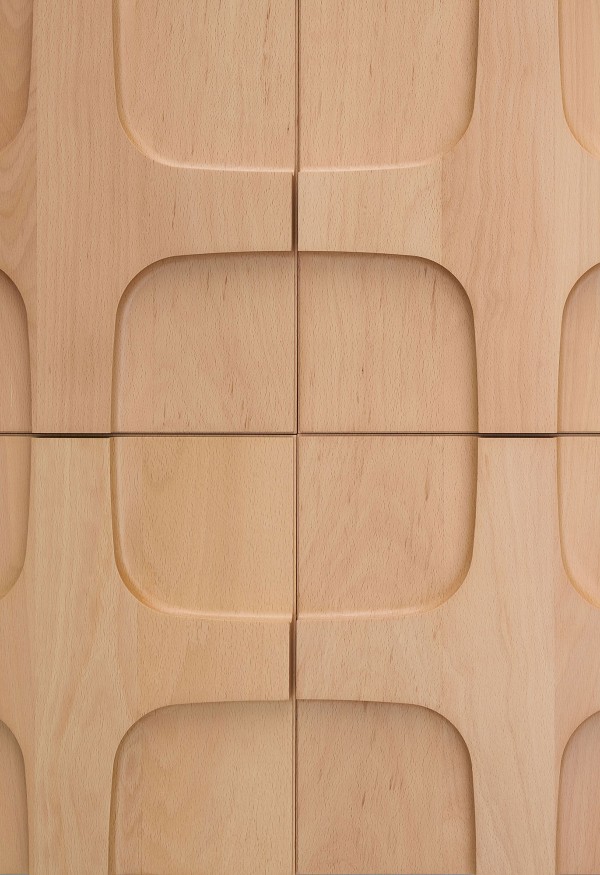
You mentioned the “squircle” shape in Quartile 2 during the prototyping process. What drew you to this particular shape? Have you spotted this motif in other areas of design?
To simply copy the old makes no sense to me, so I chose to work with simplified and muted forms that still reference the original. The squircle is one of these forms that I strongly feel belongs to the current. Sounding more like a Pokémon than anything else, it’s a portmanteau of the words “square” and “circle.” It’s a hybrid between the two and a form you find everywhere, from airplane windows to consumer electronics. Incorporating this form into one of the two tile designs felt fitting.
These tiles feature a rounded undercut detail. Is this detail integral to the design? And what specific benefits does it bring to the overall functionality?
The undercut feature is a scaled-up detail from the Lisboa tile. It’s a detail that I have always wanted to explore further, and I was really curious about what it would look like when scaled up. I created a few designs that I was eager to sample and found that they add depth and dimension to the curved shape of these wood tiles.
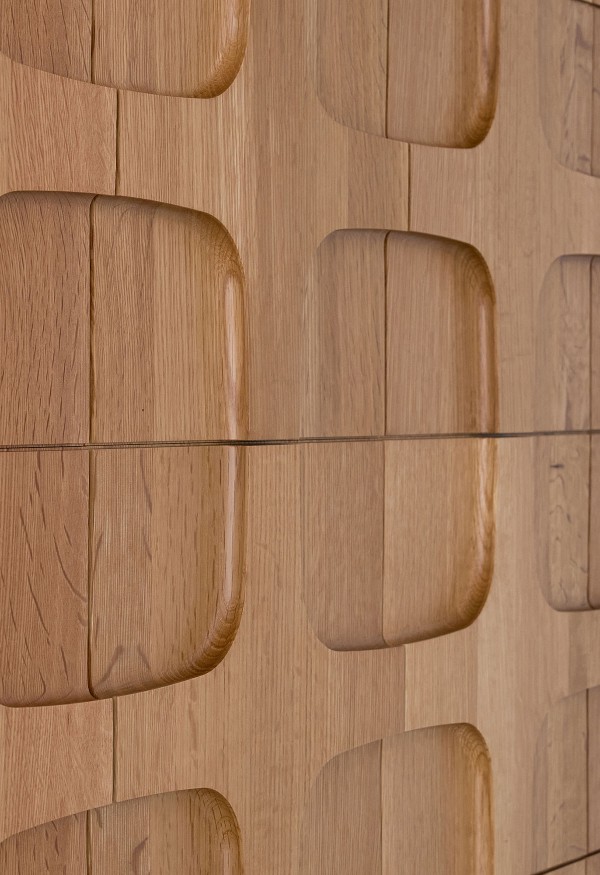
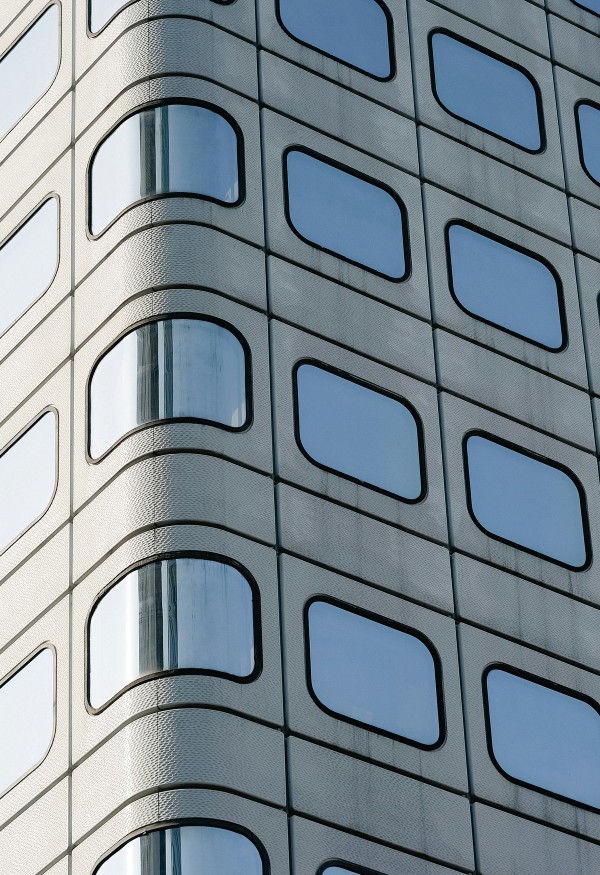
This is your second wood collection with Spinneybeck. How was the process behind these tiles different from your Softwood collection?
I wanted to design these tiles to incorporate remnant wood wherever possible, so the biggest challenge was creating modules and patterns that could account for potential changes in pattern and color. Every piece of wood is unique, and color variations within a species can be surprisingly significant. My solution to this challenge was to design shadow lines between each tile to ease the transition from tile to tile. It is a simple but highly efficient trick.
Another thing I wanted to consider was making use of as much of the remnant wood as possible. This was key when deciding to work with the 12x12 format.
Were there any new challenges you faced working with this familiar material?
The creative process of this project could perhaps best be attributed to intuition, curiosity, and coincidence. It’s the type of project that suddenly does a 180 turn due to some small discovery that so easily could have been missed. As a designer, I think it’s important always to keep an open mind, adapt to new input, ask questions, and question answers. Anyone who’s worked with me can confirm that I turn into a curious child whenever I visit a factory.
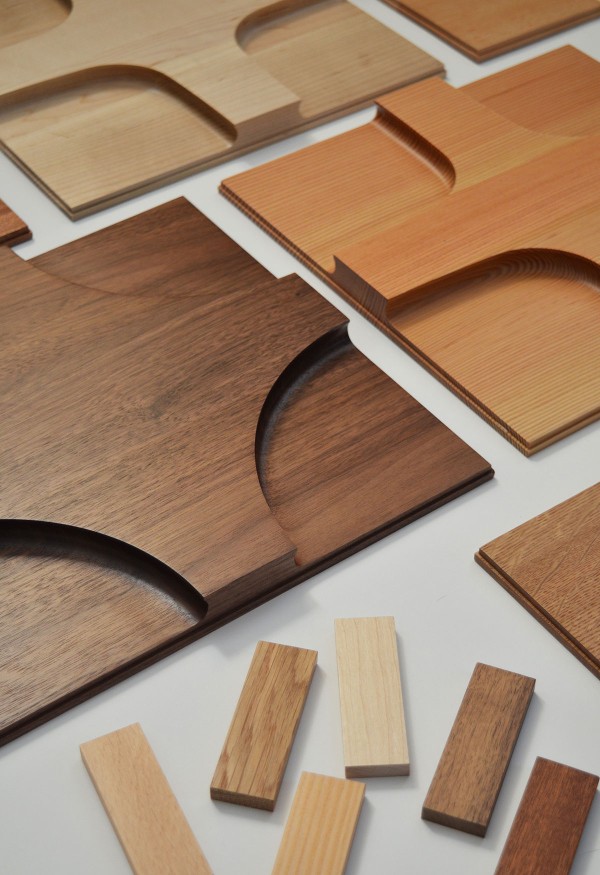
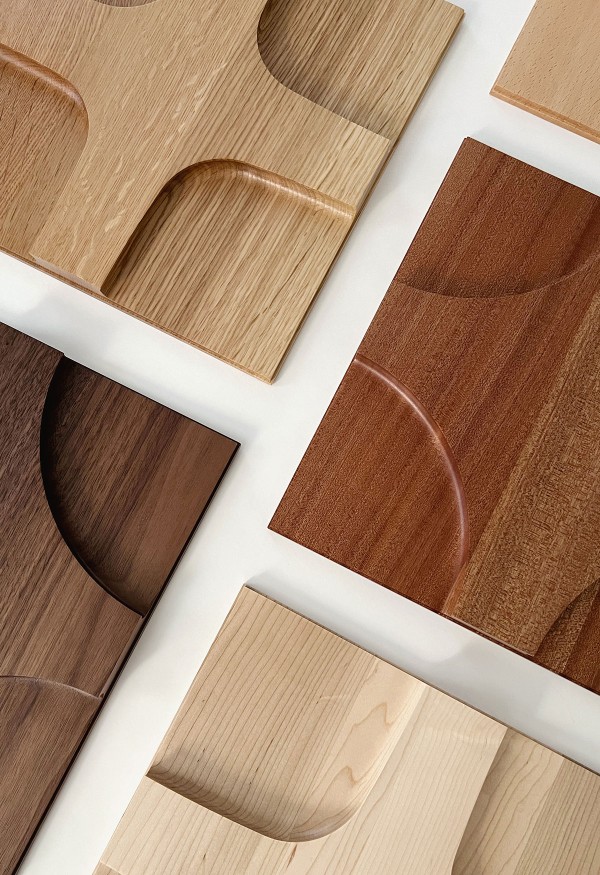
Who are some of the most influential designers/design movements that have impacted your aesthetic?
It’s hard to pinpoint a specific movement that significantly influences my work. I believe that I can find relevance and inspiration in a range of expressions and disciplines across the last decade. It’s usually all about the material, but I am intrigued by cleverness, innovation, and originality.
My fascination with mid-century modern design is mainly linked to the optimism and playfulness that defined the period. I would have loved to experience being a part of that, and it is something I strive to revive through my work as an architectural designer.
I do have a soft spot for Alvar Aalto, a true genius, innovator, and master of form. My house is full of his work, and I am still amazed by his timeless and versatile designs. They are somehow still modern, even 100 years after their conception.
About Lars Beller Fjetland
Emboldened by elements of his Nordic upbringing, Lars Beller Fjetland has fostered a deep appreciation and discernment for the natural world and its contribution to design.
He believes it is a designer’s mission to create objects that are enduring and will appeal to generations to come. Both curious and pragmatic, he strives to underscore the inherent qualities of natural materials – functional, sustainable, and innately beautiful.
The multi-award winning designer focuses on developing long term collaborations with international brands such as L.Ercolani, HEM, HAY, Architectmade and Bottega Ghianda.
